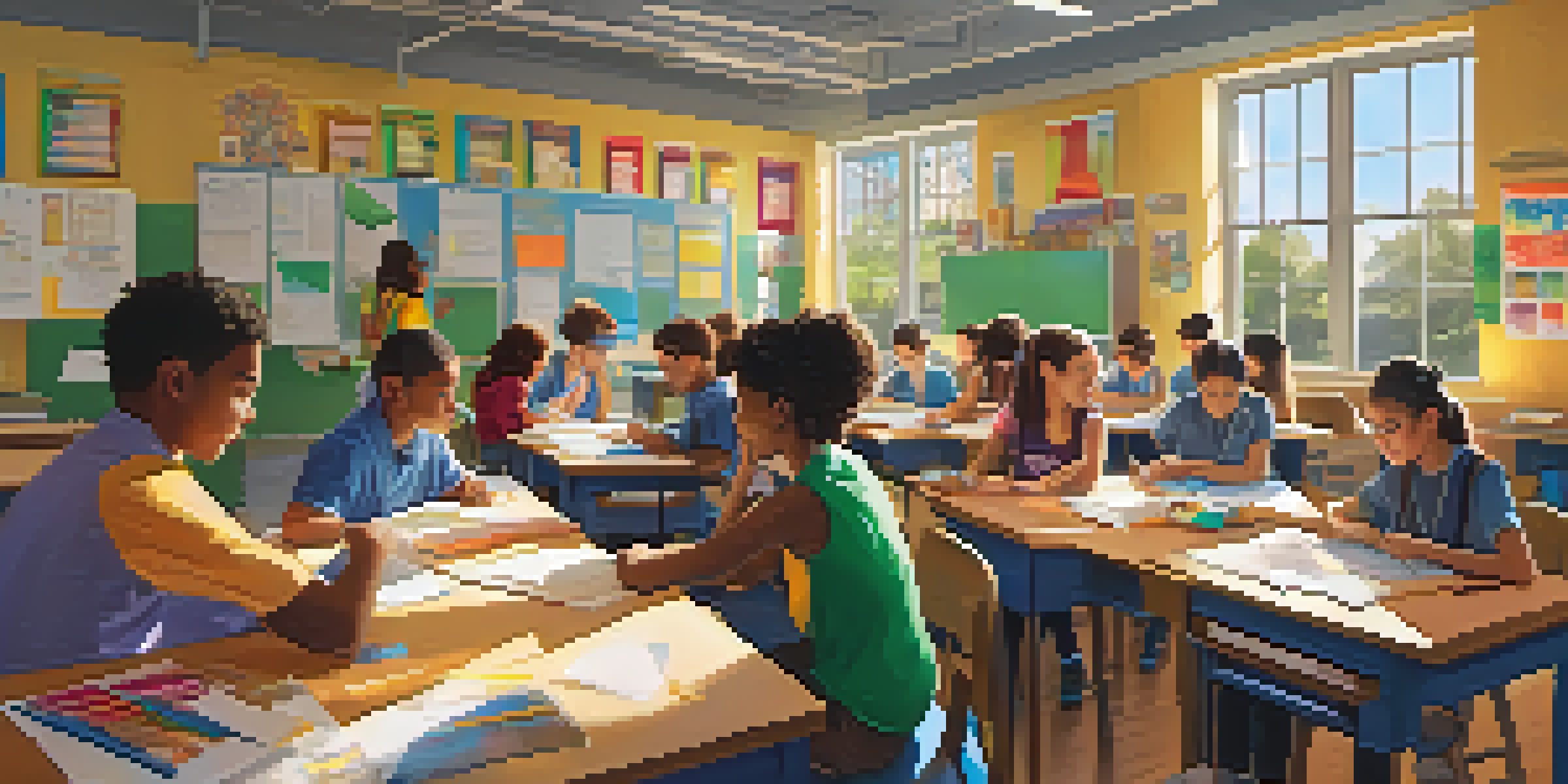Facilitating Student Autonomy in Project-Based Learning

Understanding Project-Based Learning and Student Autonomy
Project-Based Learning (PBL) is an educational approach that emphasizes active learning through real-world projects. In this environment, student autonomy plays a crucial role in fostering engagement and motivation. When students take charge of their learning process, they become more invested in the outcomes, leading to deeper understanding and retention of knowledge.
The Importance of Student Autonomy in Learning
Student autonomy encourages learners to make choices about their educational paths, which can boost their confidence and critical thinking skills. This independence allows them to explore their interests and strengths, making learning more relevant and enjoyable. Moreover, it nurtures a sense of responsibility, as students realize that their decisions directly impact their success.
Student Autonomy Boosts Engagement
When students take charge of their learning, they become more invested, leading to better understanding and retention.
Creating a Supportive Environment for Autonomy
To facilitate student autonomy, educators must create a supportive environment that encourages exploration and experimentation. This can be achieved by fostering a classroom culture where mistakes are seen as opportunities for growth rather than failures. Additionally, providing resources and guidance without micromanaging allows students to feel empowered in their learning journey.
Setting Clear Goals and Expectations
While autonomy is essential, it’s also important for students to understand the goals and expectations of their projects. Clear objectives help students stay focused and motivated while giving them the freedom to navigate their own paths. By establishing these guidelines, educators can strike a balance between autonomy and accountability.
Supportive Environments Foster Growth
Creating a classroom culture that encourages exploration helps students feel empowered and responsible for their learning.
Encouraging Collaboration and Peer Support
Collaboration is a key component of PBL that can enhance student autonomy. Working in groups allows students to share ideas, learn from one another, and develop social skills. By encouraging peer support, educators can help students feel more confident in their abilities, as they see that learning is a shared journey.
Incorporating Student Feedback in the Learning Process
Involving students in the feedback process is essential for fostering autonomy. By allowing them to reflect on their learning experiences and offer input, educators can better understand their needs and preferences. This not only helps tailor the learning experience but also empowers students to take ownership of their progress.
Technology Enhances Learning Autonomy
Integrating technology into project-based learning provides students with resources that promote exploration and collaboration.
Using Technology to Enhance Autonomy in PBL
Technology can be a powerful tool for promoting student autonomy in project-based learning. Online platforms and resources provide students with access to information and tools that can enhance their projects. By integrating technology, educators can create opportunities for students to explore new ideas and collaborate in innovative ways.
Assessing Student Autonomy in Project-Based Learning
Assessing student autonomy can be challenging but is crucial for understanding its impact on learning outcomes. Educators can use various methods, such as self-assessments and project reflections, to gauge how well students are taking ownership of their work. This ongoing assessment helps educators adjust their strategies to better support student independence.